Year 2020 300 million earth like planets in our galaxy 💜
Scientists can finally say how many “potentially habitable” planets there may be in the Milky Way.

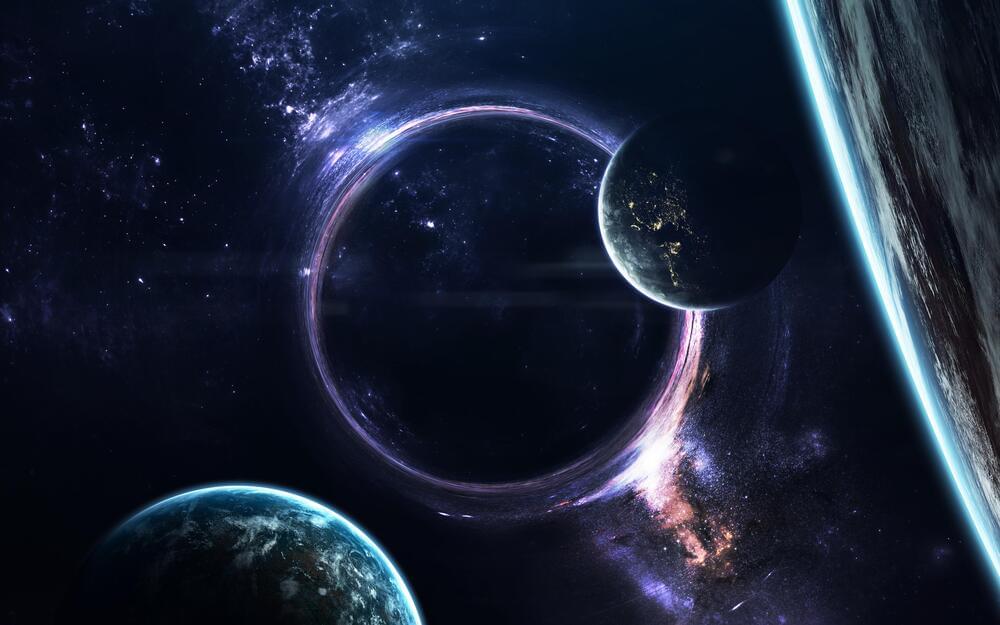
Year 2017 19,000,000,000,000,000,000,000 possible earth like planets in the universe ✨️ 💖 🙏 ❤️
How do scientists know that there are billions of other solar systems like us in the Universe? originally appeared on Quora: the place to gain and share knowledge, empowering people to learn from others and better understand the world.
Answer by Robert Frost, Instructor and Flight Controller at NASA, on Quora:
How do scientists know that there are billions of other solar systems like us in the Universe?
They don’t know that, and I’ve never come across one that made that claim.
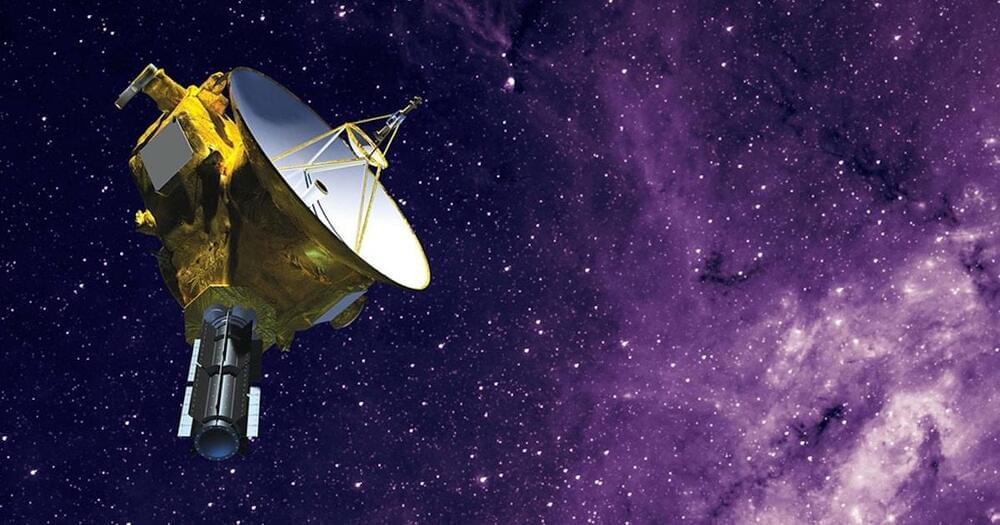
Now that it is passing through the Kuiper Belt, away from the light pollution of the inner Solar System, it has another lucrative mission: measuring the brightness of the Universe. These measurements will allow astronomers to make more accurate estimates of how many galaxies there are, which is still the subject of debate. According to new measures by New Horizons, the light coming from stars beyond the Milky Way is two to three times brighter than the light from known populations of galaxies — meaning that there are even more out there than we thought!
What’s new — The study was led by a team from the Center for Detectors (CfD), an academic research group at the Rochester Institute of Technology (RIT). They were joined by researchers from NASA’s Jet Propulsion Laboratory, the Space Exploration Sector (SES) at the Johns Hopkins University Applied Physics Laboratory (JHUAPL), the University of California Irvine, and the Space Sciences Laboratory (SSL) at UC Berkeley. The paper that describes their findings recently appeared online and has been accepted for publication in The Astrophysical Journal.
A new demo from Caltech will test the viability of unlimited solar power beamed back to Earth from orbit.
A new demo from Caltech is set to launch in January 2023, and it could shake up the way we collect and harvest solar power in the future.
Caltech’s Space Solar Power Project (SSPP) is getting ready to put its first Space Solar Power Demonstrator into space to test new technologies that could make the dream of space-based solar power harvesting — which could yield considerably more energy than ground-based solar arrays — closer to reality.
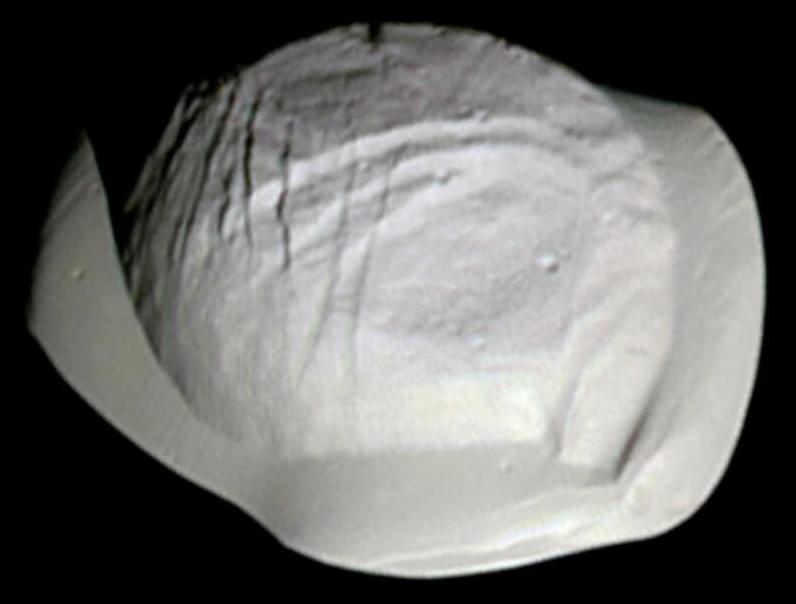
If one were to argue that space is made of food, one such moon of Saturn would make a great case for it, as this ravioli-shaped object orbits the ringed planet while exhibiting a ring of its own, only it’s a lot more solid than Saturn’s massive hula hoops and is often referred to as its equatorial bulge. This is Saturn’s moon, Pan, which was discovered by M.R. Showalter in 1990 after examining Voyager 2 images from 1981.
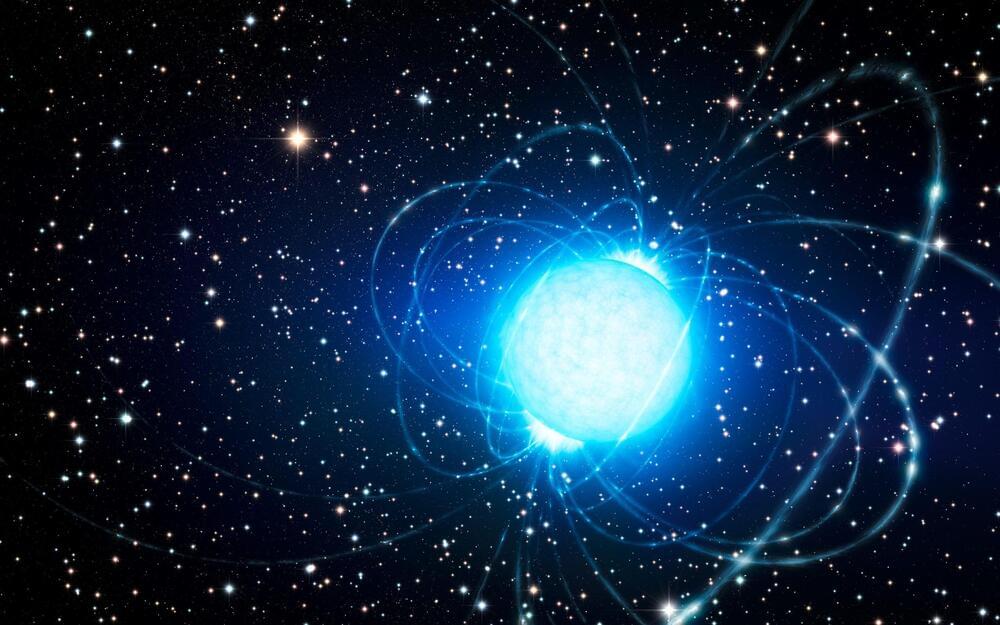
According to a new study the X-ray light emitted by a certain magnetar – a highly magnetized dead star – appears to indicate that the star has a solid surface and no atmosphere.
A study published in the journal Science has used data from NASA
Established in 1958, the National Aeronautics and Space Administration (NASA) is an independent agency of the United States Federal Government that succeeded the National Advisory Committee for Aeronautics (NACA). It is responsible for the civilian space program, as well as aeronautics and aerospace research. Its vision is “To discover and expand knowledge for the benefit of humanity.” Its core values are “safety, integrity, teamwork, excellence, and inclusion.”
In the grand scheme of the cosmic story, a single year isn’t all that significant. But over time, the annual changes really add up!
Water on the Moon has been a hot topic in the research world lately. Since its first unambiguous discovery back in 2008. Since then, findings of it have ramped up, with relatively high concentration levels being discovered, especially near the polar regions, particularly in areas constantly shrouded in shadow. Chang’e 5, China’s recent sample return mission, didn’t land in one of those permanently shadowed areas. Still, it did return soil samples that were at a much higher latitude than any that had been previously collected. Now, a new study shows that those soil samples contain water and that the Sun’s solar wind directly impacted that water.
The amount of water on the lunar surface varies widely both based on the time of the lunar day and the latitude it is located at. There is so much variability that the water content of the lunar soil can be 200 ppm higher or lower at different times of the day. With that much variability, it seems clear that the Sun plays a significant role in the hydrological cycle there is on the Moon.
Part of that role is controlling the type of hydrogen embedded into the lunar soil. Since the Moon has almost no atmosphere to speak of, the charged hydrogen particles that make up the solar wind can directly interact with the top regolith layer on the lunar surface. When they do so, they leave behind a distinct sign that they do – a large amount of hydrogen atoms with very little deuterium.
Year 2022 face_with_colon_three
From the rise of ‘synthetic creativity’ to a study of doppelgängers and a road trip to the edge of the universe, these were the stories we loved in 2022.
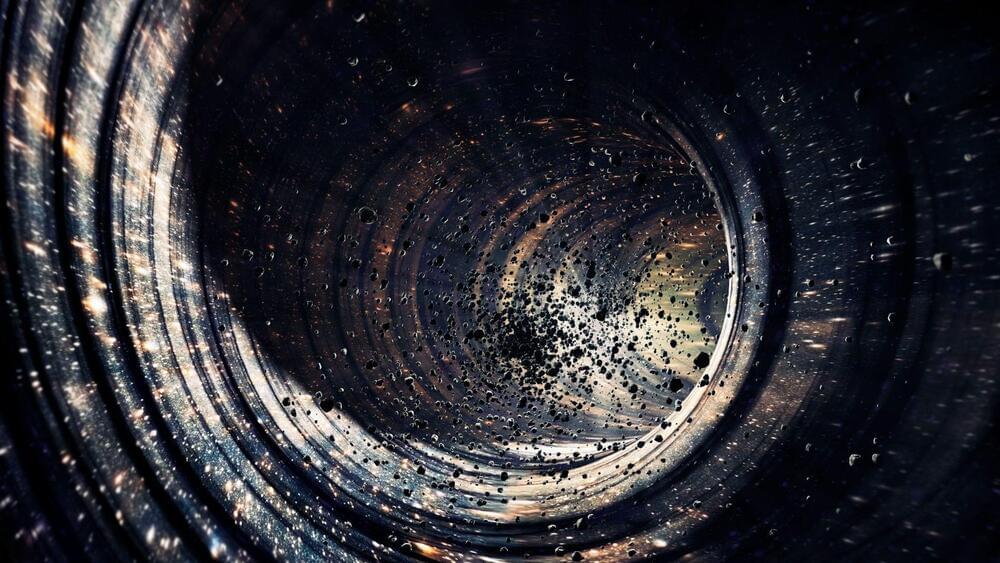
Extended special relativity describes how the universe would look if you broke the speed of light.
Scientists from the University of Warsaw in Poland and the National University of Singapore are pushing the limits of relativity with a new theory called the “extension of special relativity,” a report from Science Alert reveals.
The scientists’ new study suggests that objects may be able to go faster than the speed of light without completely shattering our current laws of physics.
Gremlin/iStock.
The new theory combines three time dimensions with a single space dimension (“1+3 space-time”), providing an alternative, mind-bending scenario to the three spatial dimensions and one time dimension we all know.